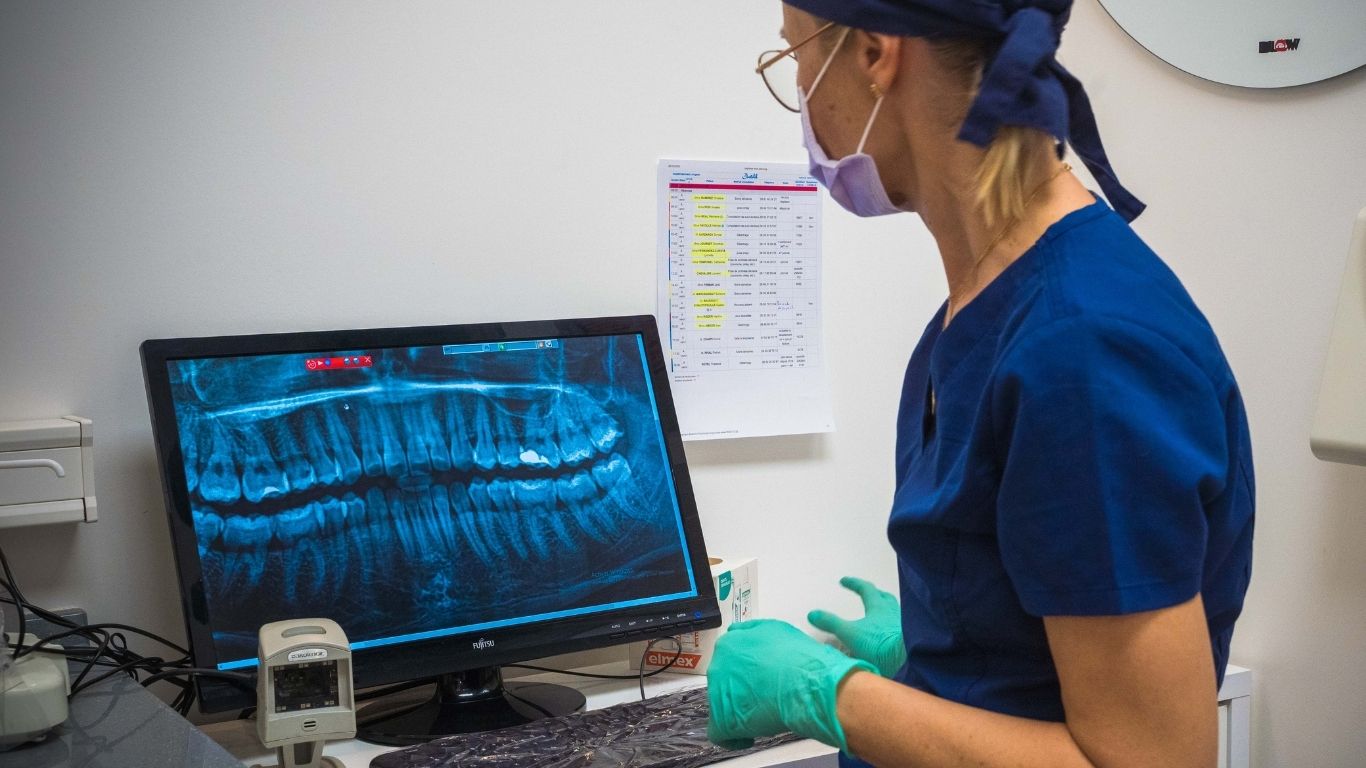Dental billing can be a complicated process, especially when it comes to understanding specific dental codes. Among these, the d0330 dental code is essential for identifying panoramic X-ray procedures. This article will delve into the specifics of this code, its purpose, how it’s used, and its importance for both dentists and patients. We’ll break down its meaning, when it is applied, and common misconceptions. Whether you’re a dentist, dental assistant, or a patient trying to understand your bill, this guide will provide clarity on the d0330 dental code and its role in dental care.
What is the d0330 Dental Code?
The d0330 dental code refers to a panoramic X-ray, which provides a wide-angle view of the patient’s teeth, jaws, and surrounding structures. This type of X-ray captures the entire oral cavity in a single image, which helps dentists detect dental issues such as impacted teeth, bone abnormalities, and dental decay.
How and When is d0330 Used?
The d0330 dental code is typically used during initial dental evaluations or when a dentist needs a comprehensive view of the patient’s oral health. It can be used for:
-
New patient exams
-
Assessing tooth alignment
-
Diagnosing jaw problems
-
Planning for dental implants or orthodontics
In these cases, the panoramic X-ray gives the dentist a broader understanding of your oral health, which helps in creating a treatment plan.
Why is the d0330 Code Important?
Understanding the importance of d0330 dental code is crucial for both patients and dental professionals. The panoramic X-ray offers numerous benefits:
-
Comprehensive View: Provides a wide, clear picture of the patient’s teeth and bones.
-
Early Detection: Helps identify dental problems early, preventing more severe issues down the line.
-
Cost-effective: A single panoramic X-ray can capture a broad range of information, reducing the need for multiple separate X-rays.
Common Misconceptions About the d0330 Dental Code
Misconception 1: Panoramic X-rays are Always Necessary
Some patients may believe that a panoramic X-ray is a standard part of every dental checkup. However, this is not always the case. Dentists will typically recommend a d0330 dental code X-ray when necessary, depending on the patient’s age, oral health history, and the nature of the dental issue being treated.
Misconception 2: d0330 Code Covers All X-rays
It’s important to note that the d0330 dental code only applies to panoramic X-rays. Other types of X-rays, such as bitewing or periapical X-rays, have their own specific codes and are used for different purposes.
The Billing Process: How to Manage d0330 in Dental Insurance
How Does Insurance Handle the d0330 Code?
Most dental insurance plans cover d0330 dental code procedures, but coverage can vary. Some plans may cover panoramic X-rays only once every few years, while others might include them as part of a regular checkup. It’s essential to verify with your insurance provider before scheduling the procedure to avoid unexpected costs.
Understanding Co-pays and Out-of-Pocket Costs
Even if insurance covers the procedure, patients may still be required to pay a co-pay. This depends on the specifics of your plan. d0330 dental code billing typically falls under diagnostic services, which may have a fixed co-pay or a percentage-based payment plan depending on your policy.
FAQs
1. What does the d0330 dental code cover?
The d0330 dental code covers panoramic X-rays, providing a full, detailed image of the teeth, jaw, and surrounding areas.
2. Are panoramic X-rays always necessary for a dental checkup?
Not always. Dentists use d0330 dental code X-rays when required, typically for a comprehensive exam, planning dental implants, or assessing jaw issues.
3. Will my insurance cover the d0330 dental code?
Most dental insurances do cover panoramic X-rays, but it’s essential to verify with your insurance provider, as coverage can differ.
4. How often can I get a panoramic X-ray?
Generally, dental insurance plans may cover one panoramic X-ray every few years. However, the frequency depends on your specific plan.
5. Is the d0330 code used for all types of X-rays?
No, the d0330 dental code is specific to panoramic X-rays. Other types of X-rays, like bitewing or periapical, use different codes.
6. What should I do if I have concerns about my panoramic X-ray costs?
Before scheduling an appointment, confirm the cost and insurance coverage for the d0330 dental code with your dental office and insurance provider to avoid surprises.
Conclusion:
In conclusion, the d0330 dental code is a vital part of dental diagnostics, allowing professionals to obtain a wide-angle view of the oral cavity. Understanding its purpose, application, and billing procedures can help both dental professionals and patients navigate the complexities of dental care. When used correctly, this code plays a significant role in ensuring that patients receive accurate diagnoses and appropriate treatment plans.
